class=”youtube-video”
Free Resources for Busy Parents and Educators Who Don’t Have as Much Time to Read and Surf as I Do with Fresh Content Every Weekday and post around 8:00 am Eastern US time.
The Twitter names next to each link belong to the authors, publications, and the people who bring them to my attention. Be sure to try the bottom right translate button for your favorite language or one you are trying to learn. If you don’t see it, check your adblocking software

District-Wide Applications of Real-Time AI Filtering = Can you use AI to better filter content for students? @DeledaoHQ

How edtech is transforming bilingual education in the U.S. Bilingual education will only continue to grow, but we must view it as a strength to support and develop. @Yo_Mista @KiddomApp
11 Facts About Coffee You Had No Idea About – It seems to be a healthy drink. That’s great news for me. @HealthNormal

Social Media/Artificial Intelligence
Instagram’s Testing Longer Reels To Maximize Engagement. Instagram’s expanding its test of longer Reels video uploads, with some users now able to upload 3 minute long Reels in the app. @socialmedia2day @adhutchinson

Learning
Pinkcast 2.16: This is how to give better feedback in just 19 words – Every teacher needs to know these 19 words. This video only lasts a little over a minute. @DanielPink
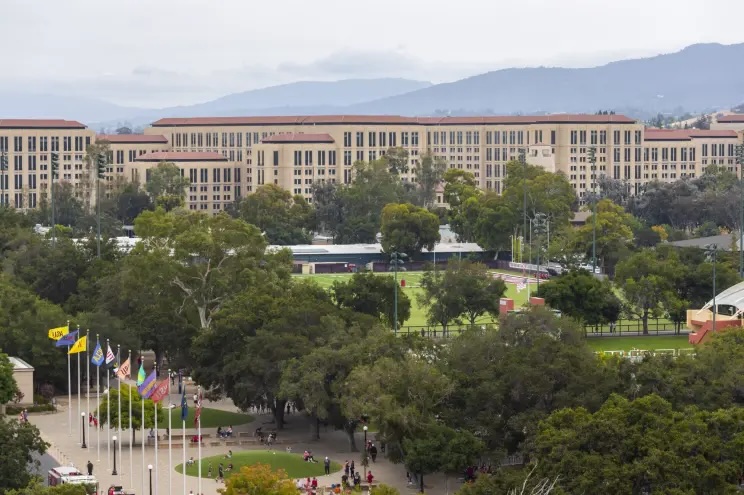
Leadership/Parenting
DEI math-ed prof who helped get algebra banned in ’Frisco is accused of faulty research. This is a hit piece on Jo Boaler who has two books summarized on this blog. This is the conservative side of the argument. Can your kids find the liberal side? @joboaler Wai Wah Chin via @nypost
Inspirational/Funny Tweets
 @Gaongvpod
@Gaongvpod

Humor, Music, Cool Stuff
Cartoons on Artificial Intelligence – Larry Cuban’s cartoon collections are always fun. @LarryGuban

Recent Book Summaries & My Podcasts
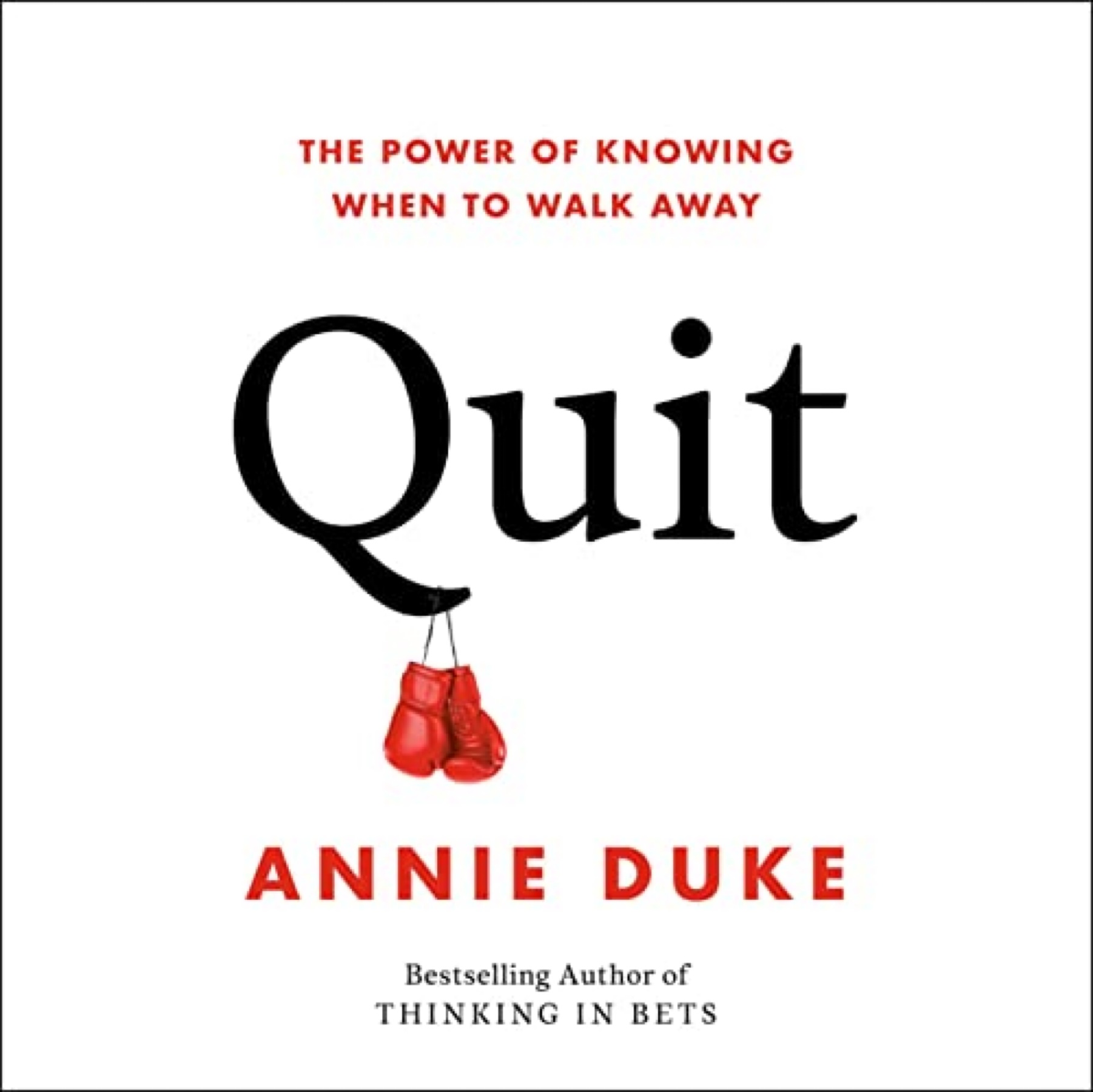
Quit: The Power of Knowing When to Walk Away by Annie Duke
Building Thinking Classrooms in Mathematics Grades K-12: 14 Teaching Practices for Enhancing Learning by Peter Liljedahl
Influence: The Psychology of Persuasion by Robert Cialdini@RobertCialdini
Valedictorians at the Gate: Standing Out, Getting In, and Staying Sane While Applying to College by Becky Munsterer Sabky
Plays Well With Others: The Surprising Science Behind Why Everything You Know About Relationships Is (Mostly) Wrongby Eric Barker
How to Raise Kids Who Aren’t Assholes: Science-Based Strategies for Better Parenting from Tots to Teens by Melinda Wenner Moyer
My Post-Pandemic Teaching and Learning Observations by Dr. Doug Green Times 10 Publications
The Power of Regret: How Looking Backward Moves Us Forward by Daniel Pink
Limitless Mind: Learn, Lead, and Live Without Barriers by Jo Boaler
The Future of Smart: How Our Education System Needs to Change to Help All Young People Thrive by Ulcca Joshi Hansen

Listen to Dr. Doug on the “Cup of Joe” podcast. I recorded it last week. On it, I talk about the many good things I have seen in schools doing hybrid teaching. @PodcastCupOfJoe @DrDougGreen @BrainAwakes
This is my podcast on the Jabbedu Network. Please consider listening and buying my book Teaching Isn’t Rocket Science, It’s Way More Complex. Here’s a free executive summary. @jabbedu @DrDougGreen
Boys and Sex: Young Men on Hookups, Love, Porn, Consent, and Navigating the New Masculinity by Peggy Orenstein







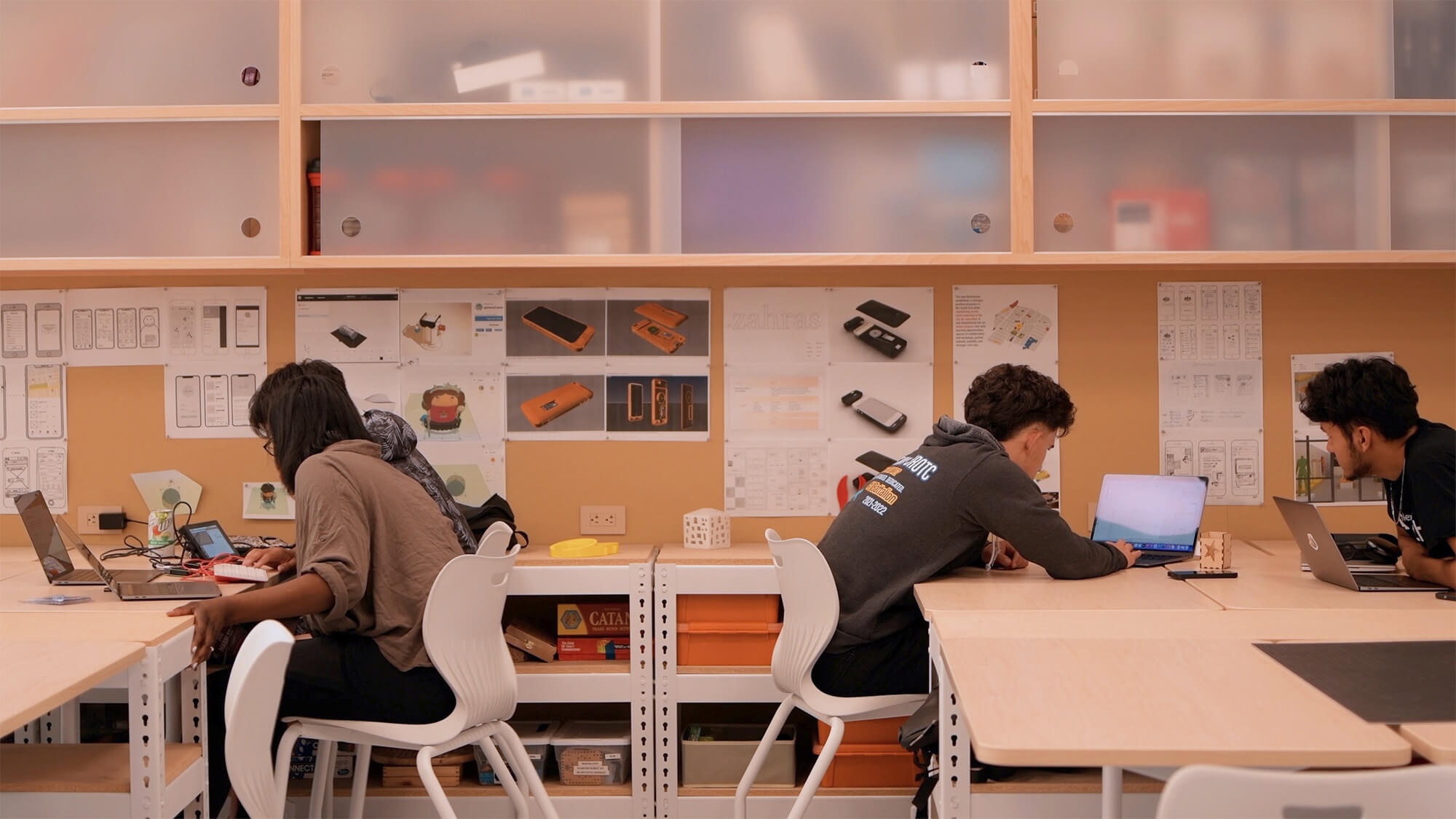


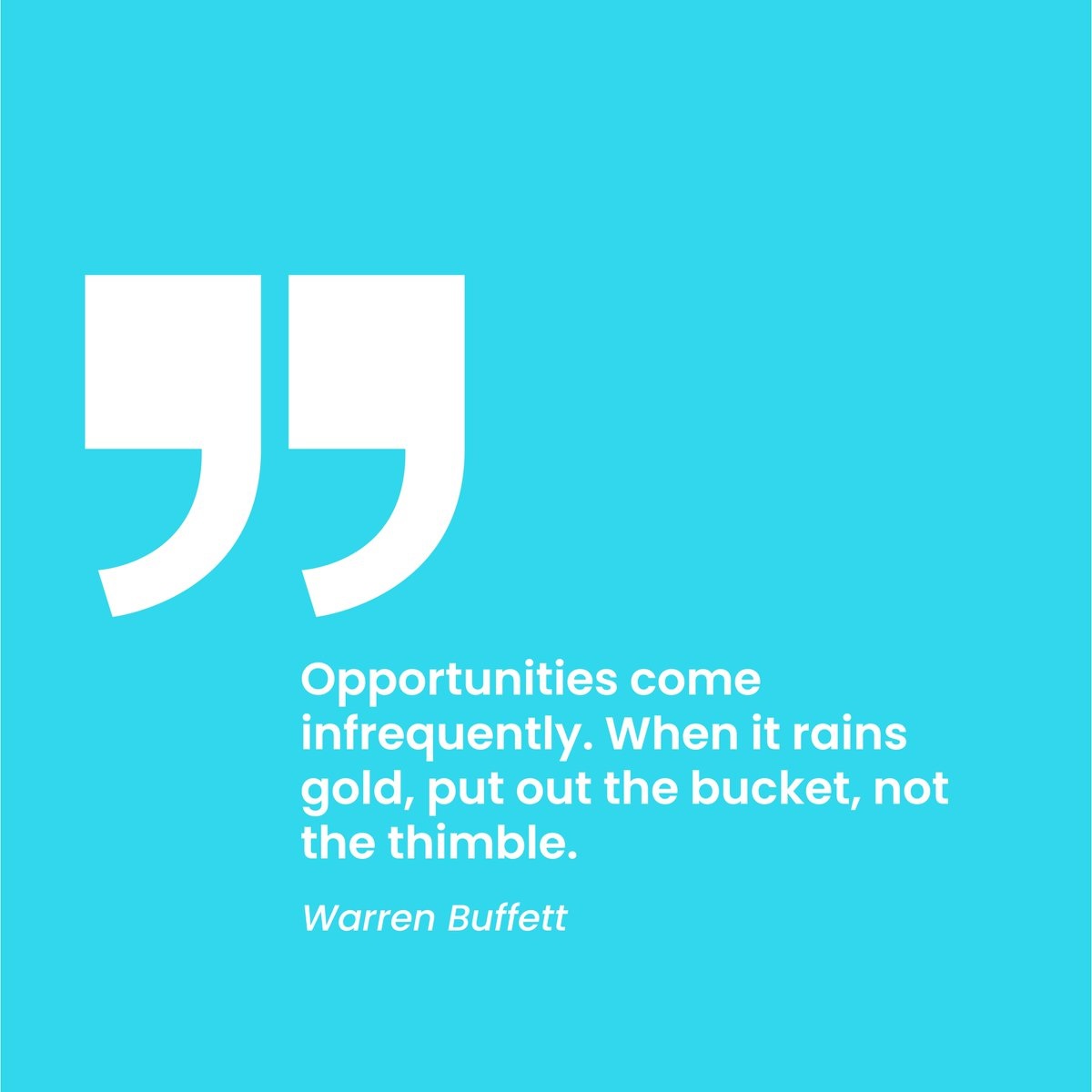 @nepalipaisa @BuffetTracker
@nepalipaisa @BuffetTracker
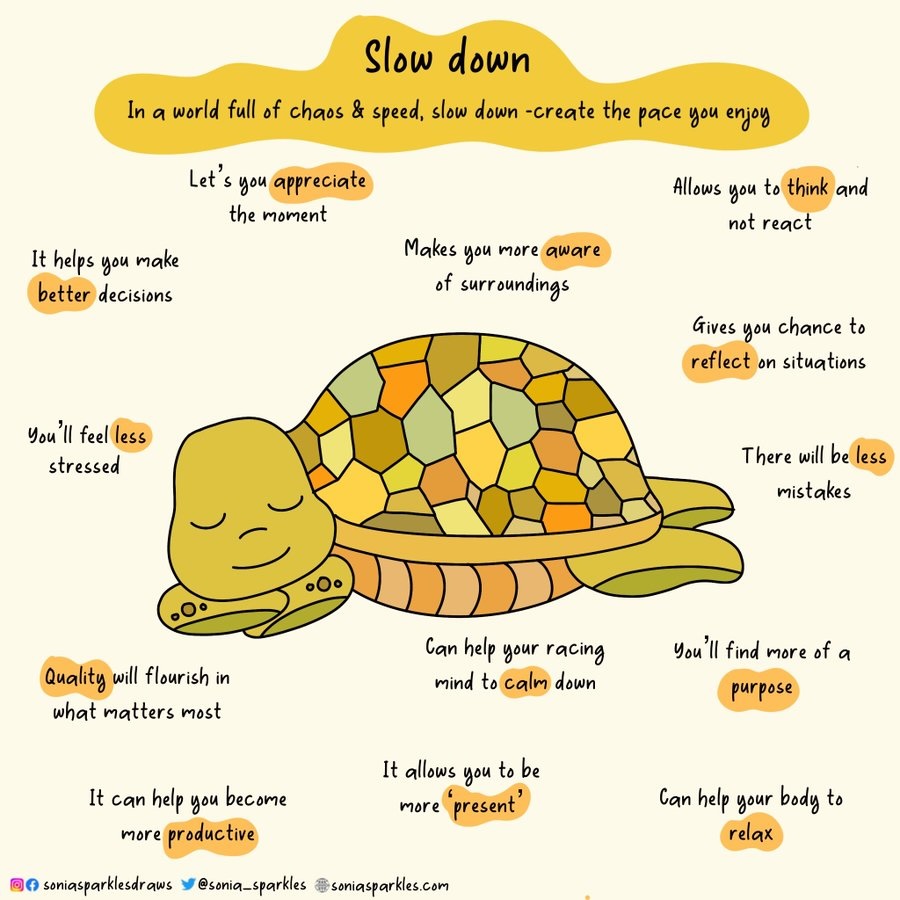 @Sonia_Sparkles
@Sonia_Sparkles
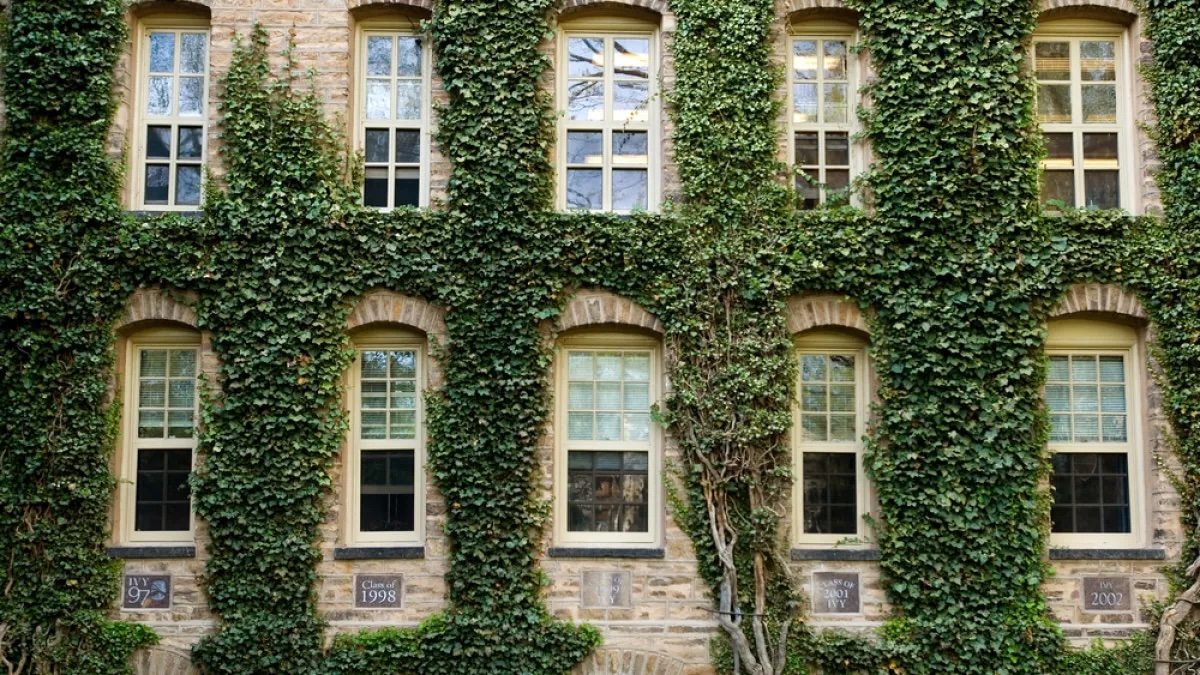
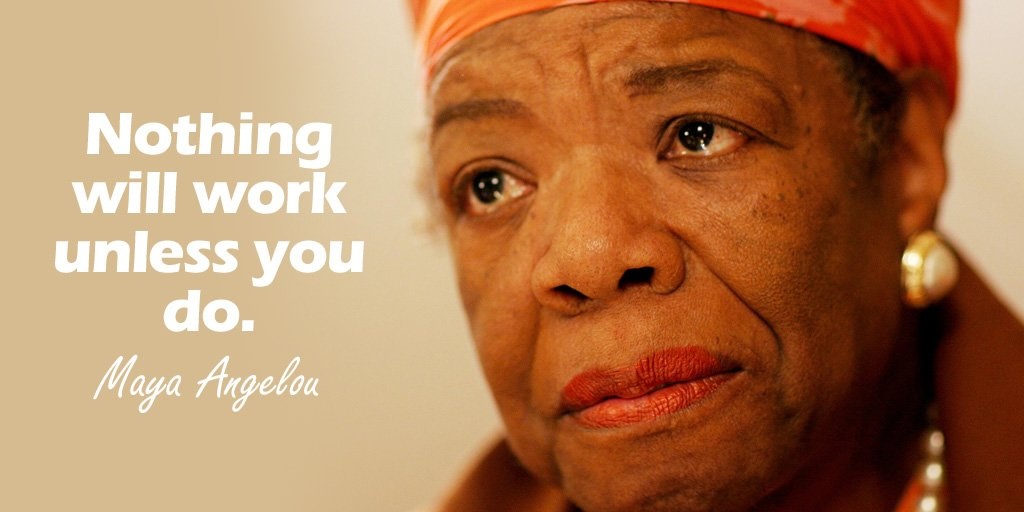 @wise_insights4u
@wise_insights4u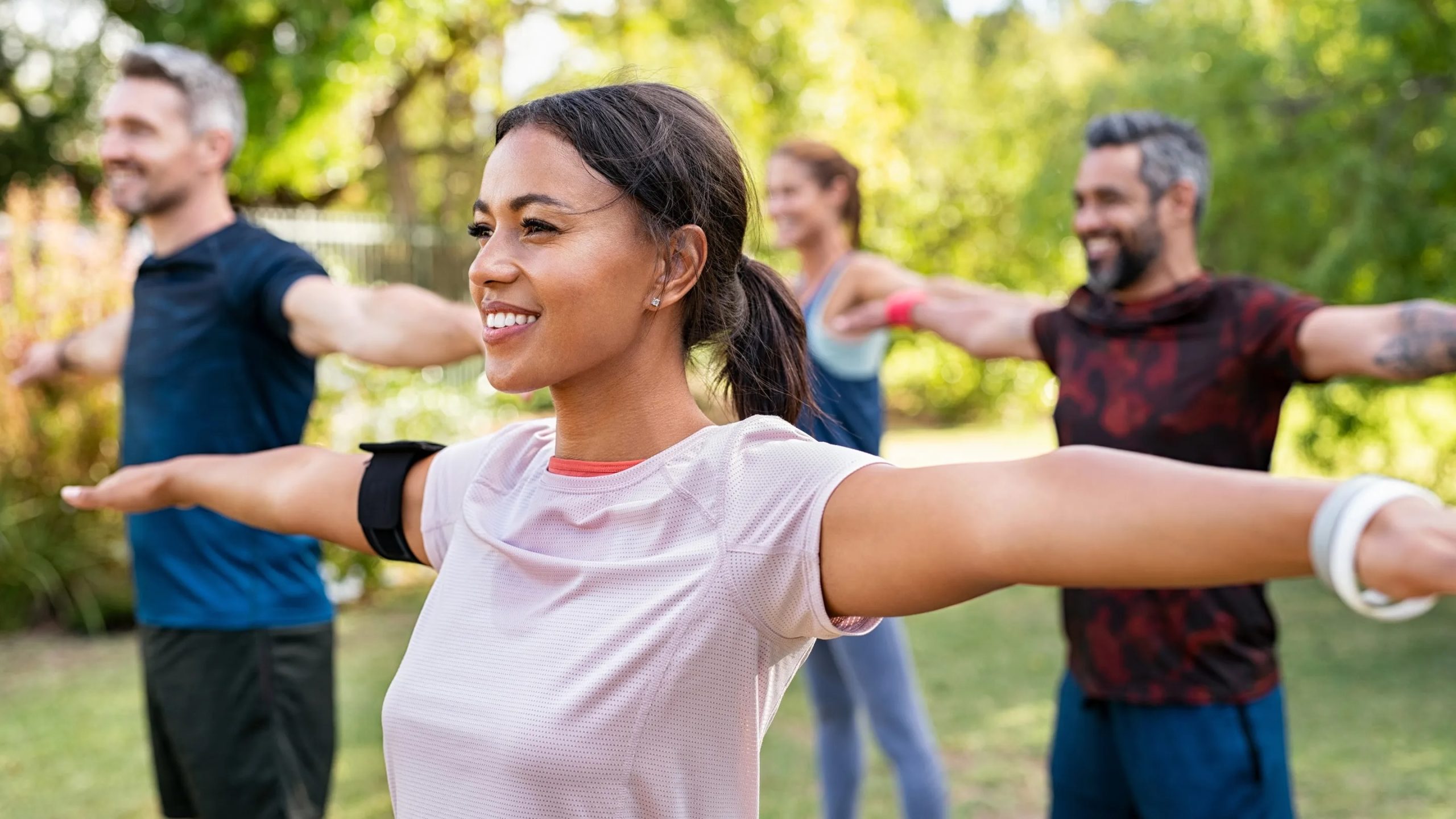
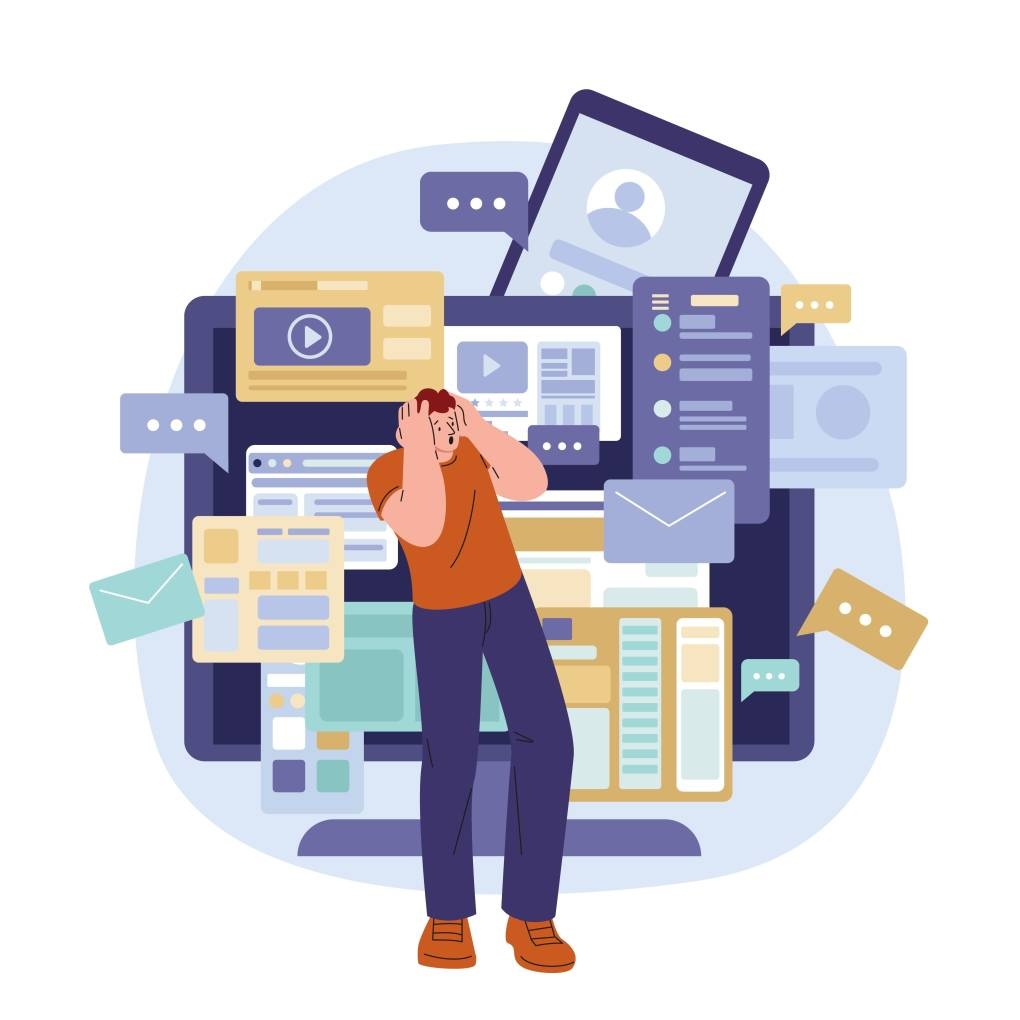



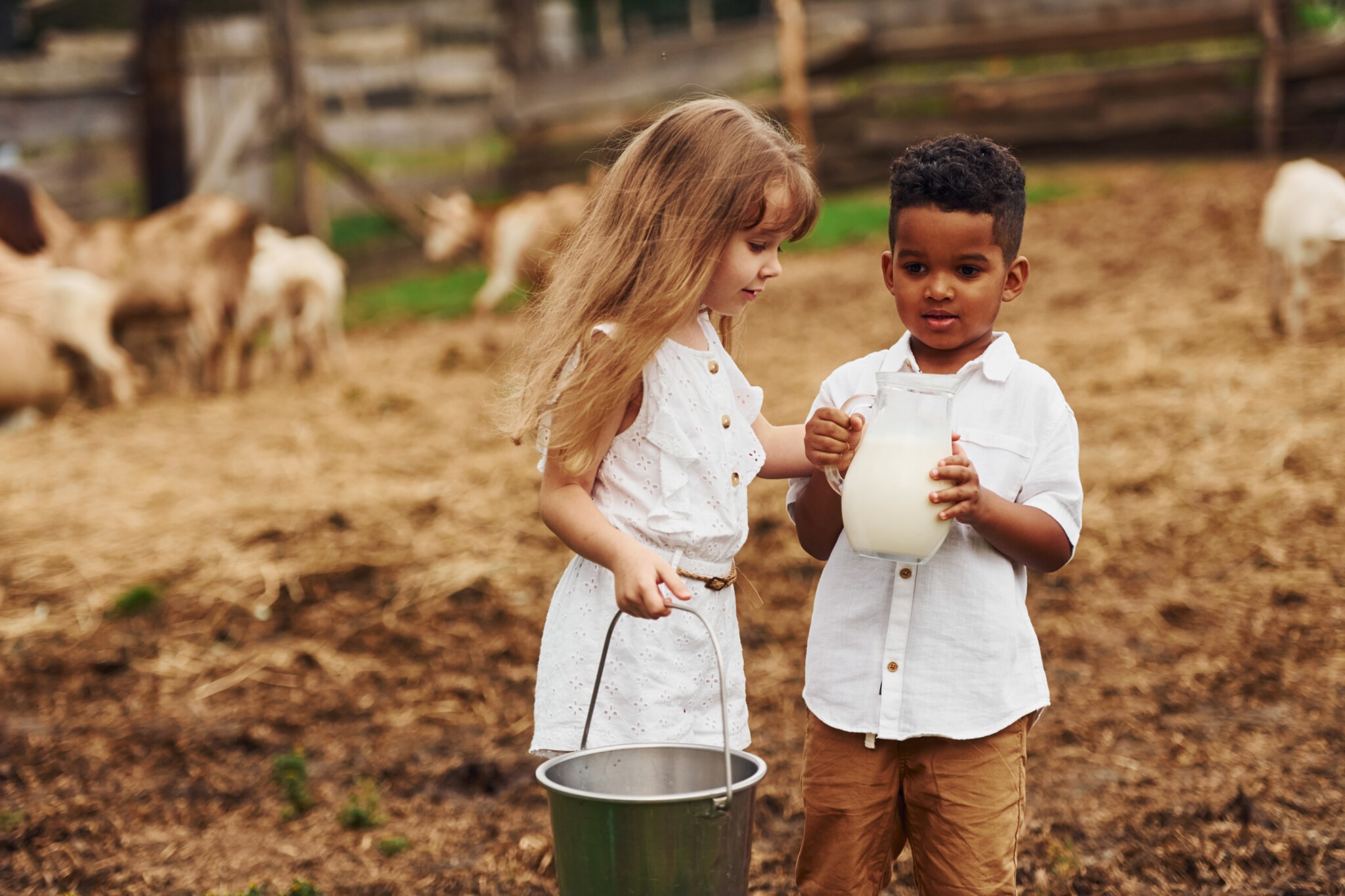
 @Ranal55
@Ranal55
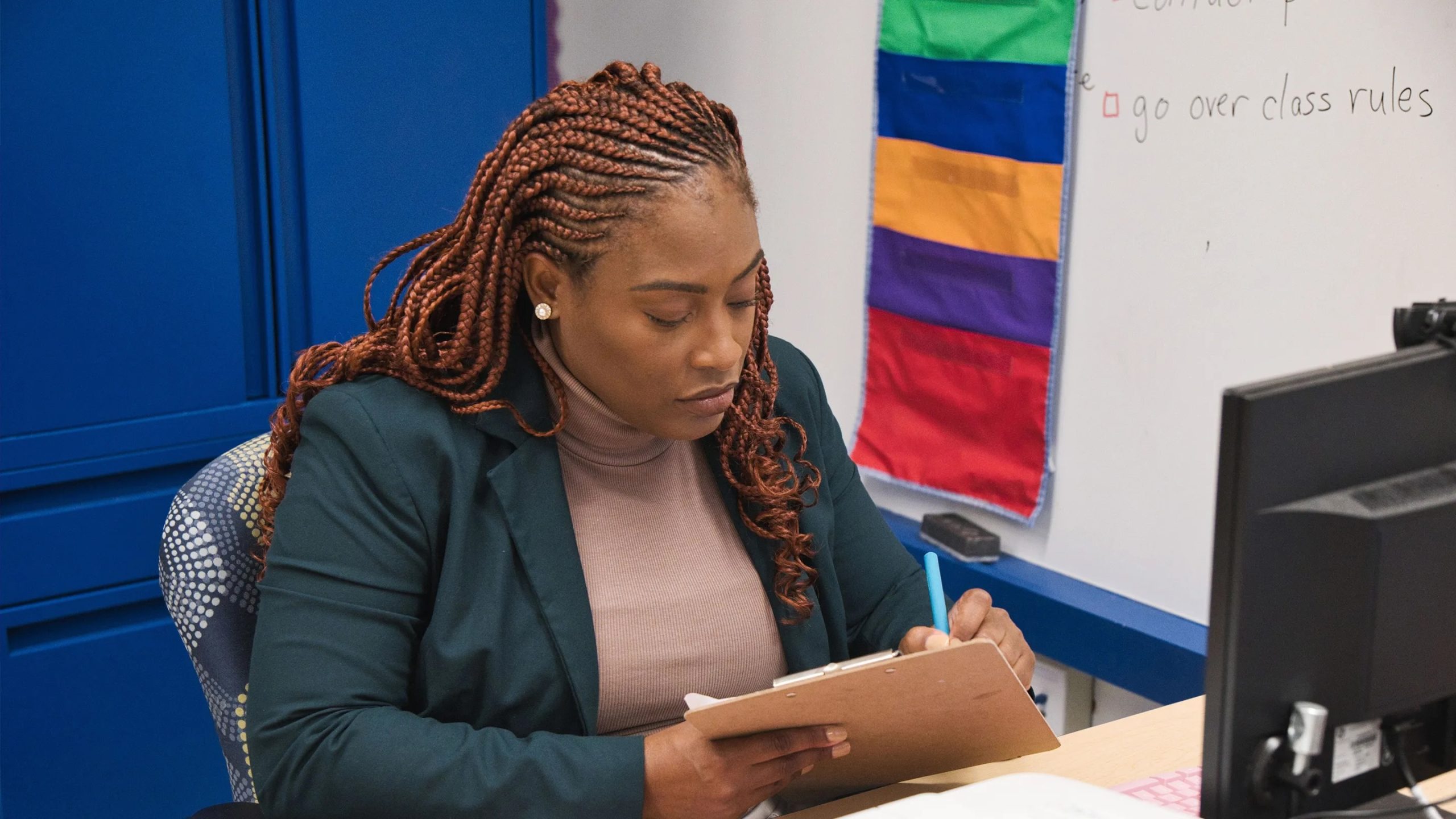
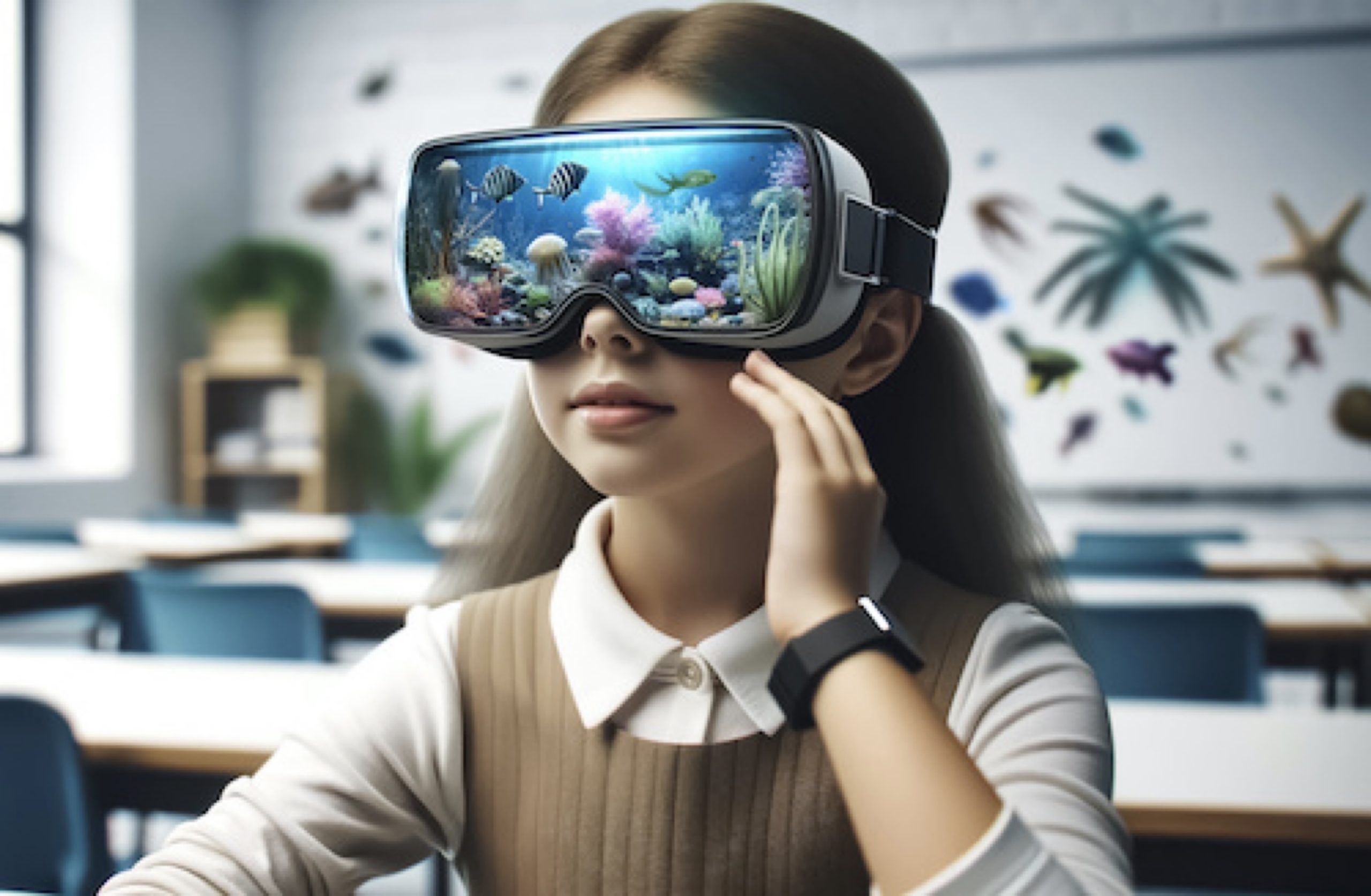


 @Gapingvoid
@Gapingvoid